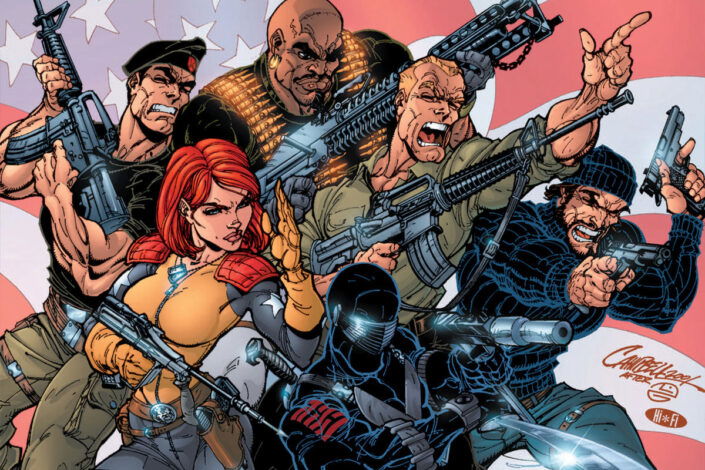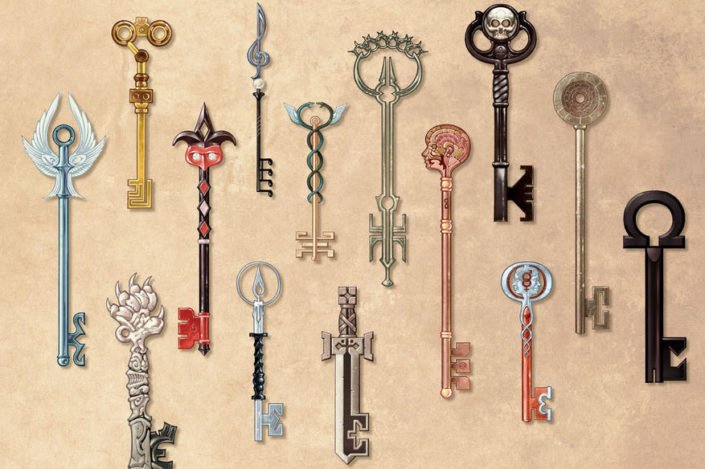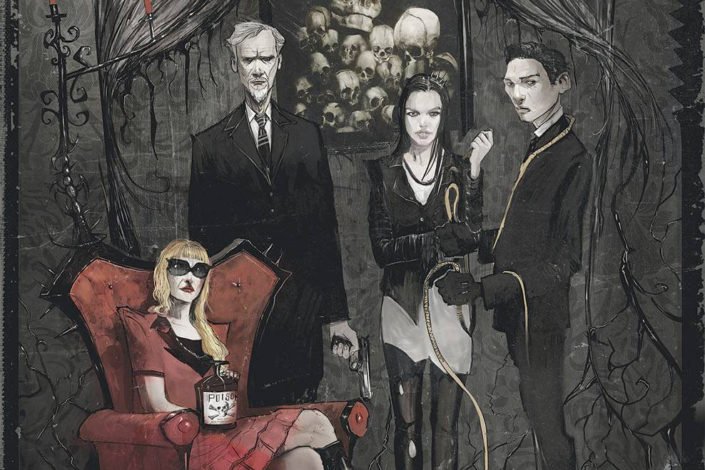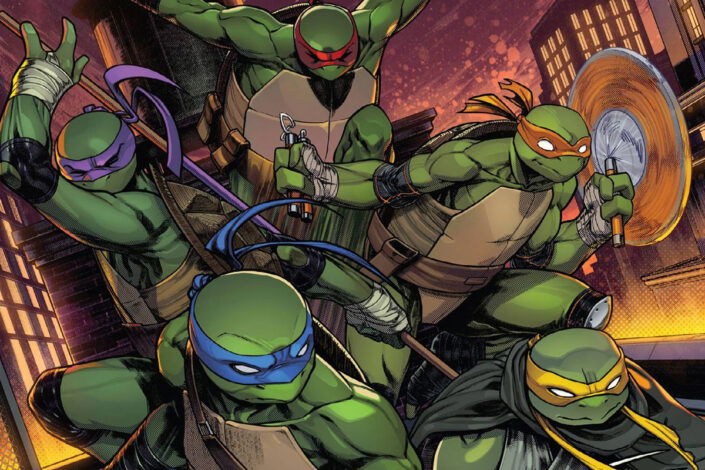GI Joe Comics Reading Order, A Real American Hero!

When I wrote this article, it was announced that IDW would stop publishing GI Joe Comics. It’s now a done deal and the Joe-verse has been relaunched by Skybound as part of their Energon Universe. This is a new entry point, but if you are interested in getting back to the beginning with what was originally done at Marvel Comics and later at IDW, this is your guide.
As a licensed property by Hasbro, G.I. Joe comics have been released from 1967 to today (except between 1977 and 1981, and between 1997 and 2000), but it was not anything of note before the launch of G.I. Joe: A Real American Hero in 1982.
“’G.I. Joe’ is the code name for America’s daring, highly trained special mission force. Its purpose: to defend human freedom against Cobra, a ruthless terrorist organization determined to rule the world.”
Hasbro relaunched the toy line and needed some promotion to go with it (there’s an episode of The Toys That Made Us on Netflix about that). At that time, the move to go with a comic book tie-in G.I. Joe series was not a sure thing, but Larry Hama who wrote most of the comics made it a success (with art by Herb Trimpe at first). He created a solid and realistic military universe with great mythology to go with it and interesting characters.
With 155 issues and several spin-offs, G.I. Joe: A Real American Hero was a hit for a long time at Marvel Comics. It ended in 1994. A second and a third G.I. Joe comic book series were published by Devil’s Due Productions from 2001 to 2008 (80 issues and some spin-offs), then it was revived by IDW Publishing (like Teenage Mutant Ninja Turtles and Transformers) with issue 155 ½ written by Larry Hama who picked up the story where he had left it at Marvel Comics. From there, a lot of GI Joe Comics was published. A Lot.
Read More »GI Joe Comics Reading Order, A Real American Hero!


